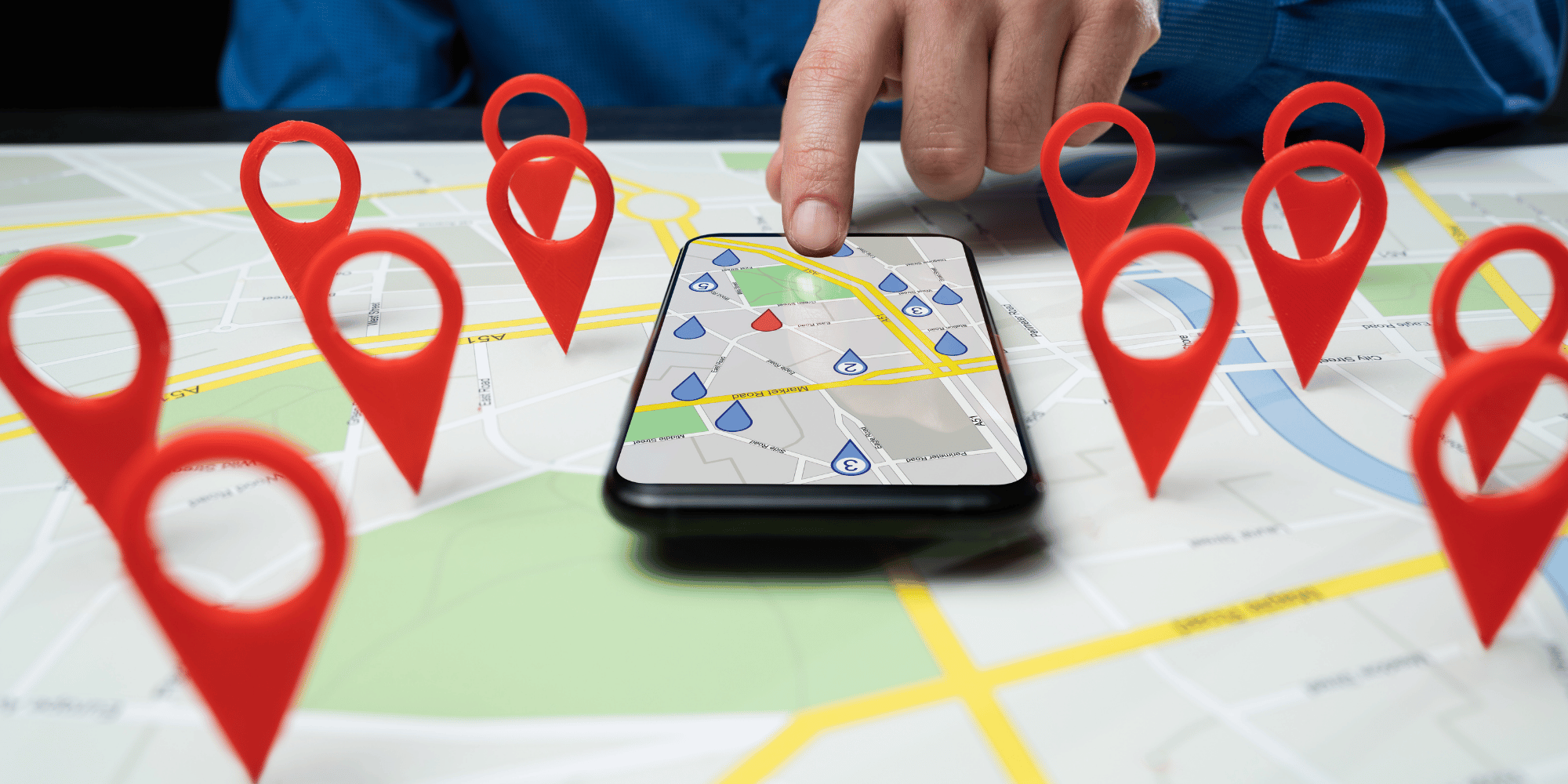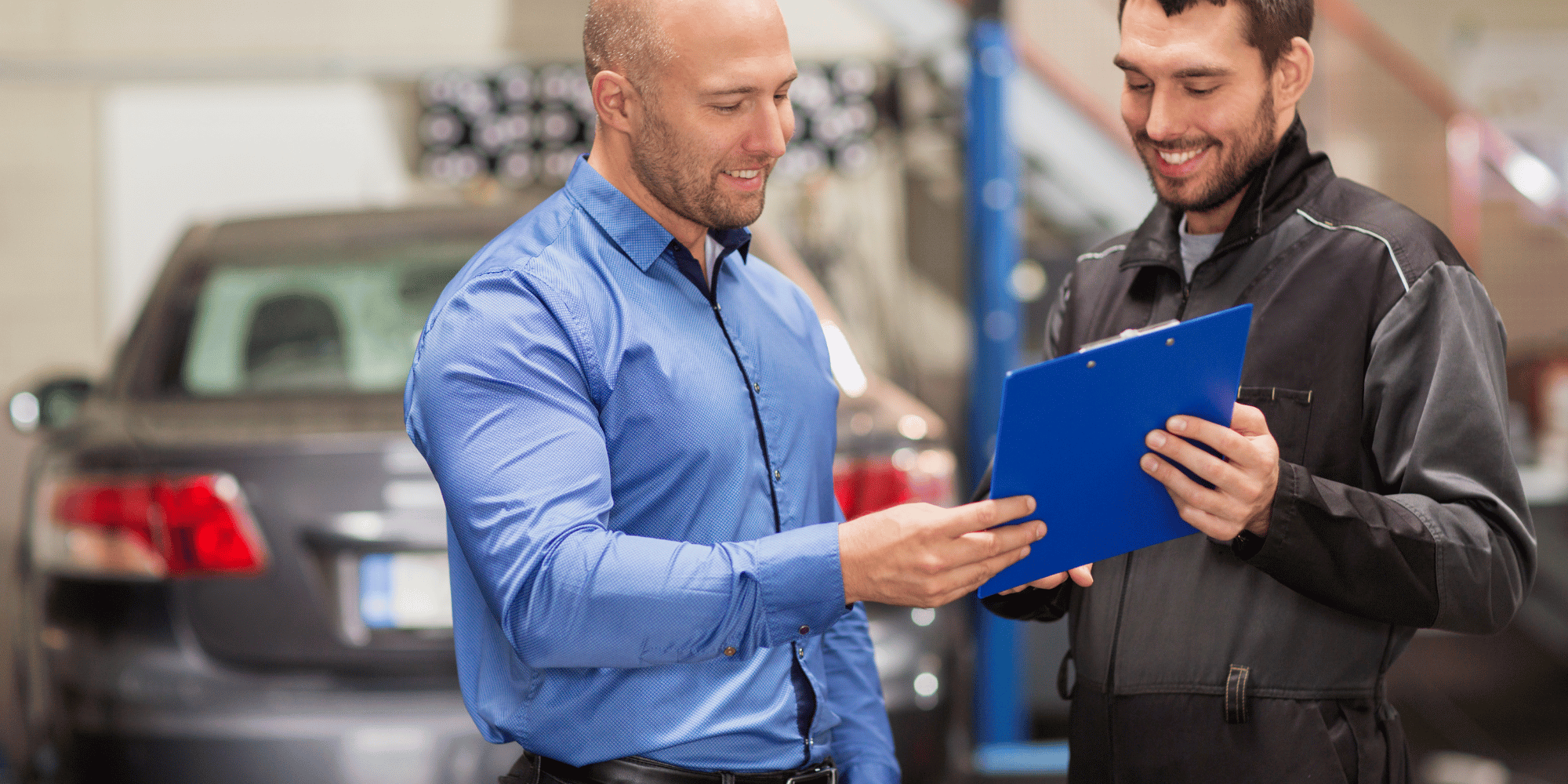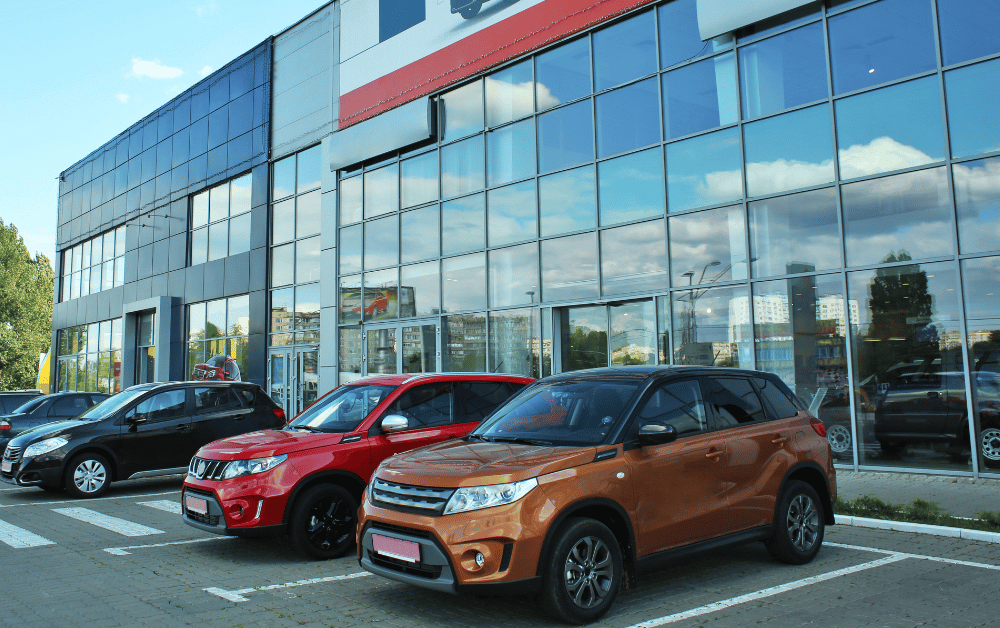In the competitive world of auto repair, getting noticed by local customers is critical to growing your business. With the vast majority of consumers turning to Google to find services like yours, appearing on the first page of search results can make or break your shop’s success. But how do you ensure your auto repair shop ranks higher in local search results and stands out from the competition? The answer lies in local SEO.
Local SEO focuses on optimizing your online presence to attract customers in your specific geographic area. For auto repair shops, it’s crucial to focus on strategies that target local customers actively searching for services such as brake repair, oil changes, or transmission diagnostics. In this comprehensive guide, we’ll walk you through everything you need to know about local SEO and how to implement it to help your auto repair shop rank higher in your city.
1. Why Local SEO is Important for Auto Repair Shops
Before diving into the specific tactics, it’s important to understand why local SEO is so important for auto repair shops. Unlike broader industries, auto repair shops rely heavily on local customers who are searching for services close to their location. According to Google, nearly 76% of people who search for something nearby visit a business within 24 hours, making local SEO a powerful tool for capturing immediate, high-intent customers.
When your auto repair shop appears at the top of local search results, you’re more likely to get noticed by customers in your area who need your services urgently. Whether they’re searching for an oil change, brake replacement, or tire repair, appearing in the local pack (the three businesses that show up at the top of Google’s search results) is the key to getting more foot traffic, calls, and appointments.
2. Claim and Optimize Your Google My Business Listing
One of the most effective ways to improve your local SEO is by optimizing your Google My Business (GMB) listing. Your GMB profile is a critical part of local search results, as it determines how your auto repair shop appears on Google Maps and in local search results.
a. Claim Your GMB Listing
If you haven’t already, the first step is to claim your Google My Business listing. Go to the Google My Business website and follow the steps to claim your business. Google will typically send a verification code to your business address to confirm that it’s legitimate.
b. Provide Accurate Business Information
Once your listing is claimed, make sure all the information is accurate and up-to-date. This includes:
- Business Name, Address, and Phone Number (NAP): Ensure your NAP is consistent across your website and all other online directories. Inconsistent information can confuse both customers and search engines, potentially harming your SEO efforts.
- Business Hours: Be sure to list your correct business hours, and update them during holidays or special hours of operation.
- Website and Services: Include your website URL and a detailed description of your auto repair services. Be sure to incorporate local keywords like “auto repair in [City Name]” or “brake repair in [Neighborhood]” to optimize for local searches.
- Photos: Upload high-quality images of your auto repair shop, services, and team. Google tends to favor businesses with more photos, and images can make your listing more engaging for potential customers.
c. Encourage Customer Reviews
Customer reviews play a significant role in local SEO rankings. Google uses reviews as a ranking factor, and the more positive reviews you have, the better your chances of ranking higher in local searches. Encourage satisfied customers to leave reviews on your GMB listing, and make sure to respond to reviews—both positive and negative—to show that you value feedback and are committed to providing great customer service.
3. Optimize Your Website for Local SEO
After optimizing your Google My Business listing, it’s time to turn your attention to your website. There are several ways you can optimize your website to improve its local SEO performance and make it more appealing to both users and search engines.
a. Target Location-Based Keywords
Start by identifying keywords that are specific to your location. For example, instead of just targeting broad keywords like “auto repair,” focus on long-tail keywords that include your city, neighborhood, or region. Examples include:
- “Auto repair shop in [City Name]”
- “Affordable brake repair in [City Name]”
- “Best mechanic near [Neighborhood Name]”
Integrate these location-based keywords naturally into your website’s content, including service pages, blog posts, and contact information. This tells search engines like Google that your business serves a specific area and improves your chances of appearing in local search results.
b. Create Location-Specific Landing Pages
If your auto repair shop serves multiple cities or neighborhoods, consider creating location-specific landing pages for each. For example, you could create a page like “Brake Repair in [City Name]” or “Auto Repair Services in [Neighborhood Name].” These pages should be optimized with local keywords and specific information about the services you offer in that location.
Having multiple landing pages dedicated to different areas allows you to rank for a wider variety of local search terms, which can help bring in more local customers from different parts of your service area.
c. Mobile Optimization
More people than ever are searching for businesses on their mobile devices. Since auto repair services are often needed urgently, ensuring that your website is mobile-friendly is essential. Google uses mobile-friendliness as a ranking factor, so it’s important to have a responsive website that adapts to various screen sizes.
Optimize your website’s design, loading speed, and user experience for mobile users to ensure your site is both accessible and engaging. A mobile-optimized website increases the likelihood that potential customers will choose your shop when searching for nearby services.
4. Build Local Citations and Backlinks
Building local citations and backlinks from reputable websites can significantly improve your local SEO ranking. Citations are online mentions of your business’s name, address, and phone number (NAP) on other websites, while backlinks are links from other websites that point to your site.
a. Submit Your Business to Local Directories
Submit your auto repair shop to trusted local directories like Yelp, Yellow Pages, Angie’s List, and other industry-specific directories. These directories often rank well in search results and can help improve your shop’s online visibility. Ensure that your NAP is consistent across all directories to avoid confusion.
b. Get Featured on Local Blogs and Websites
Partner with local bloggers, automotive websites, or news outlets to get featured and earn high-quality backlinks. For example, you could write guest posts on local blogs or collaborate with other local businesses to create content that links back to your auto repair shop’s website. These backlinks increase your website’s authority and relevance, helping it rank higher in search results.
c. Engage with Local Sponsorships and Events
Sponsoring local events, charity drives, or community organizations can also lead to valuable backlinks. By partnering with local institutions or participating in events, you can build relationships in your community and earn backlinks from their websites. These local backlinks help build your website’s credibility in the eyes of search engines.
5. Create High-Quality, Locally Relevant Content
Content marketing is an essential part of any successful SEO strategy. By creating locally relevant and engaging content, you can not only improve your SEO but also attract more potential customers to your website.
a. Write Blog Posts About Local Car Maintenance Tips
One effective way to build content is by writing blog posts about car maintenance, repair tips, and other services, while incorporating your location. For example, a blog titled “5 Tips for Winterizing Your Car in [City Name]” can attract local customers who are looking for specific services related to seasonal needs.
b. Highlight Local News and Events
Create content that highlights local news, events, or automotive-related issues affecting your city. This not only positions your auto repair shop as a knowledgeable authority in your area but also helps you rank for location-based keywords.
c. Answer Frequently Asked Questions (FAQs)
Another useful content strategy is to create a comprehensive FAQ section on your website. Address common questions like “How do I know if my brakes need repair?” or “What’s the cost of a tune-up in [City Name]?” By providing answers to these questions, you increase the chances of appearing in Google’s featured snippets or answer boxes, which can further boost your visibility.
6. Track and Measure Your Local SEO Success
Finally, it’s essential to track your local SEO efforts to ensure your strategies are working. Tools like Google Analytics and Google Search Console provide valuable insights into how your website is performing and where improvements can be made.
a. Monitor Keyword Rankings
Use SEO tools like SEMrush, Moz, or Ahrefs to track your keyword rankings and see how well your website is ranking for your targeted local keywords. If certain pages aren’t performing as well as expected, make adjustments to your content or targeting to improve your rankings.
b. Track Website Traffic and Engagement
Google Analytics can help you track traffic, bounce rates, and conversions on your website. If you’re seeing an increase in local traffic, it’s a good sign that your SEO efforts are paying off. Use this data to refine your strategy and continue optimizing for local search.
By implementing these local SEO strategies, your auto repair shop can rank higher in local search results, attract more customers, and ultimately grow your business. Local SEO is an ongoing process, but with consistency and the right approach, your shop can achieve long-term success in the competitive auto repair market.




